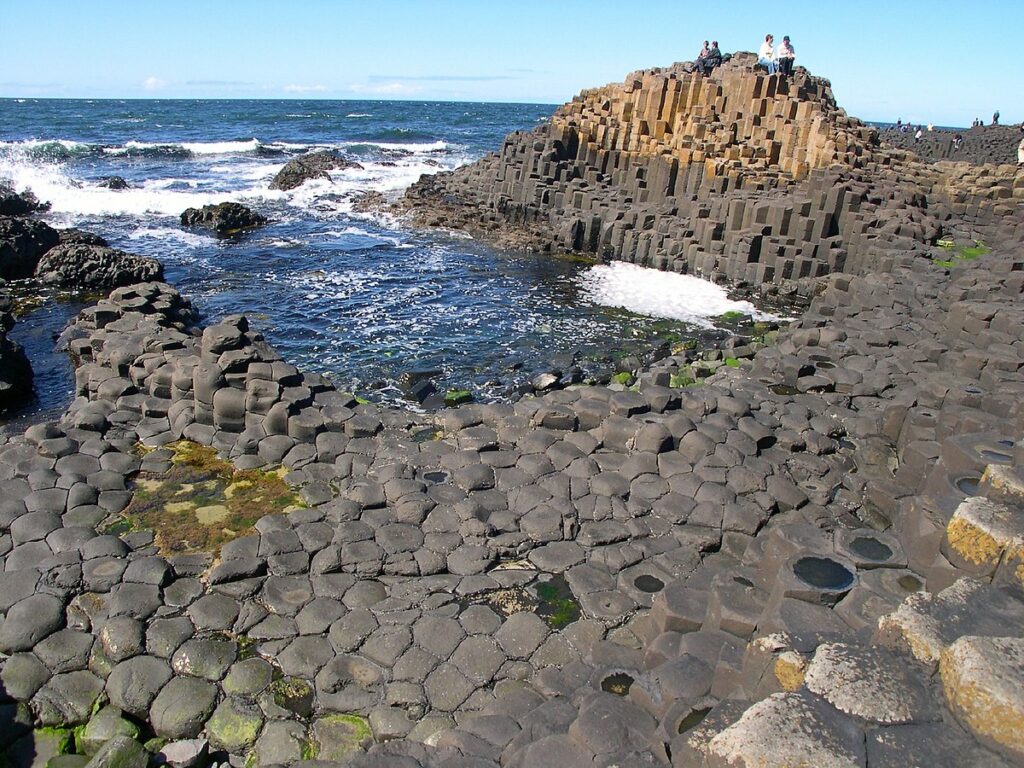In each of my Basic Controlled Remote Viewing Courses I do a demonstration for my students. They pick the target and I am completely blind to it. I save this exercise for late in the training week. I have found that they get more value out of it after they have received the bulk of the instruction and have gotten through several remote viewing sessions themselves. At that point they better understand what they are observing. The purpose of the exercise isn’t to prove to them that remote viewing is “real” or that it “works.” That’s something they prove (in fact, during the class probably have already proved) for themselves. Instead, these demonstrations show them how the process ultimately comes together, and illustrates the flow of data that comes from an experienced viewer.
The session transcript I display here is one of those class demonstration sessions. I performed it in July of 2018. It is not one of my best sessions, nor is it one of my worst. Overall, it turned out pretty well. Since this was for a basic course, I only go up through Stage 3 CRV.
Reasons for Posting this controlled remote viewing session
I make this session available for two reasons: First, the target is one I used in one of my Target Vault postings. (Target Vault is a remote viewing practice opportunity I offer to anyone interested in trying RV for the first time or who want to practice skills they already have.) I thought it was about time I gave those who have been trying Target Vault remote viewing targets an opportunity to see how I myself had done on one of these.
Second, I thought those with a limited understanding of controlled remote viewing (particularly in the original Ingo Swann approach to the methodology) might benefit from seeing another one of my sessions of this type (others of my sessions are linked through this example page on my website). You can see a description of the elements in a controlled remote viewing session on this page (be sure to click through to the breakdown of a different CRV session example linked from that page) .
The controlled remote viewing session follows (click thumbnail to enlarge).
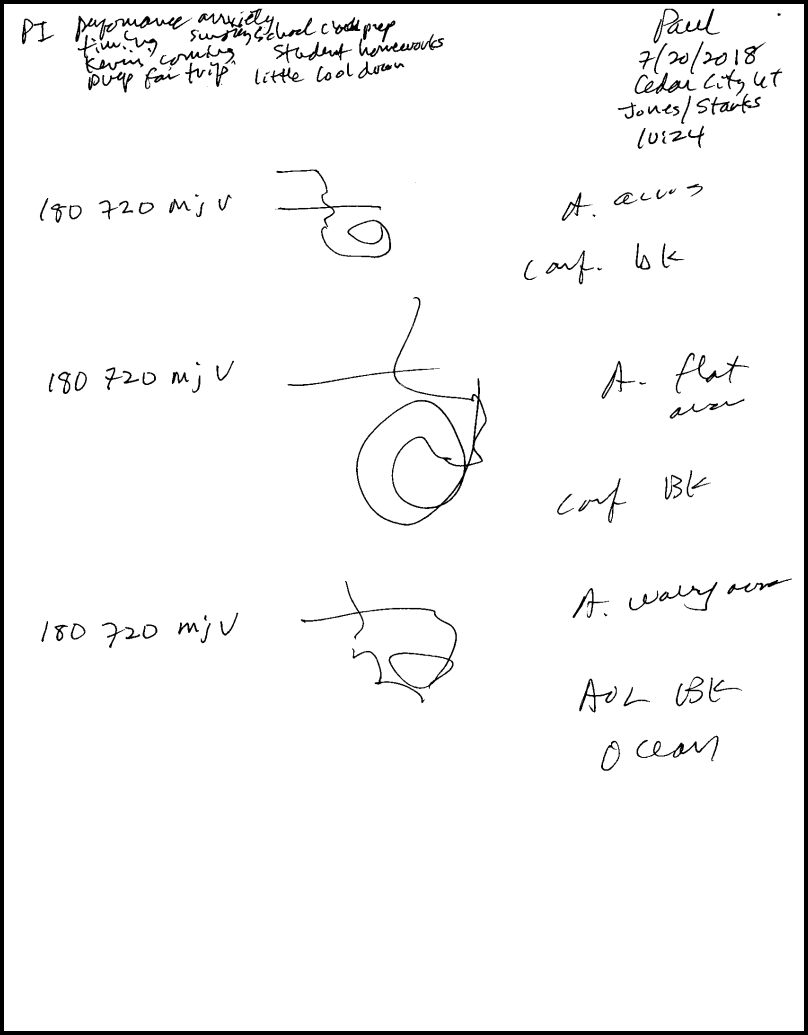
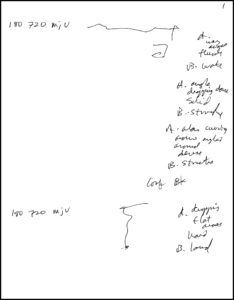
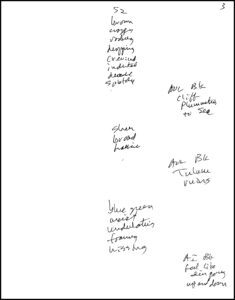
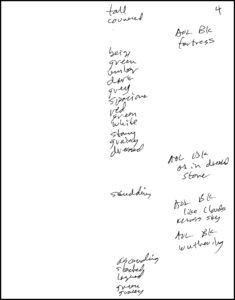
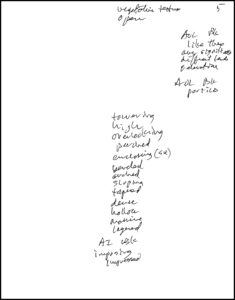
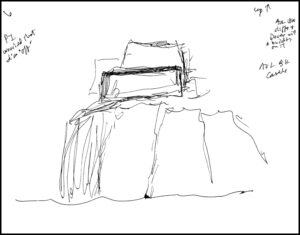
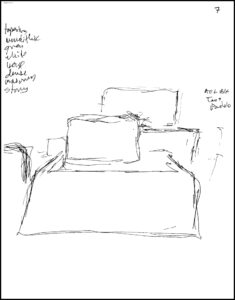
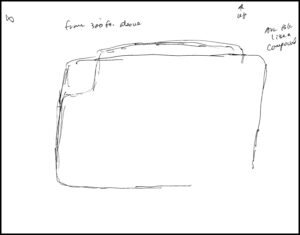
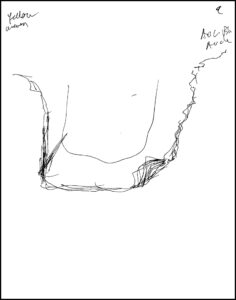
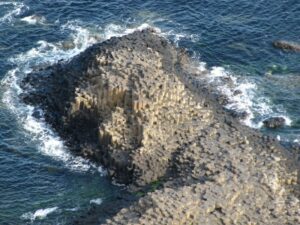
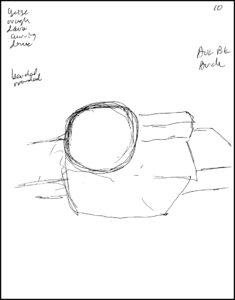
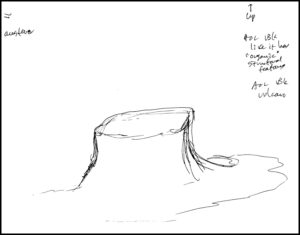
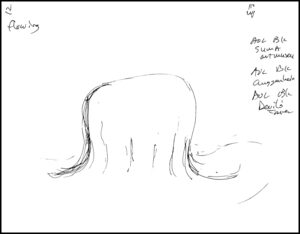
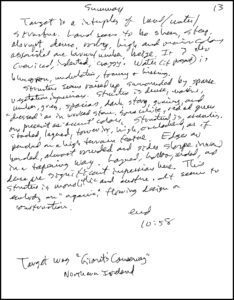
Typescript of the session summary:
“[T]arget is [an] interplay of land/water/structure. Land seems to be sheer, steep, abrupt, dense, rocky, high and main colors associated are brown/umber, beige. It is also creviced, indented, craggy. Water (if present) is blue-green, undulating, foamy and hissing.
“[The} structure seems raised up, surrounded by sparse vegetation impressions. Structure is dense, massive, umber, grey, spacious, dark, strong, grainy, and ‘dressed,’ as in worked stone. Some white, red and green are present as ‘accent’ colors. Structural is ascending, stacked, layered, towering, high, overlooking, as if perched on a high terrain feature. Edges are banded, almost rounded and sides slope inward in a tapering way. Layered, hollow, [unreadable, but maybe ‘arched’] and dense are significant impressions here. This structure is monolithic and austere. It seems to embody an ‘organic,’ flowing design or construction.”
[Note: Though I use the word “structure” here, I suspect that the regular-sided nature of the natural components confused me into thinking in terms of “structure.” Normally I reserve this term for things that are created by humans.]
If you are interested in trying remote viewing yourself, see our You Tube video “How to Do a Simple Remote Viewing”

